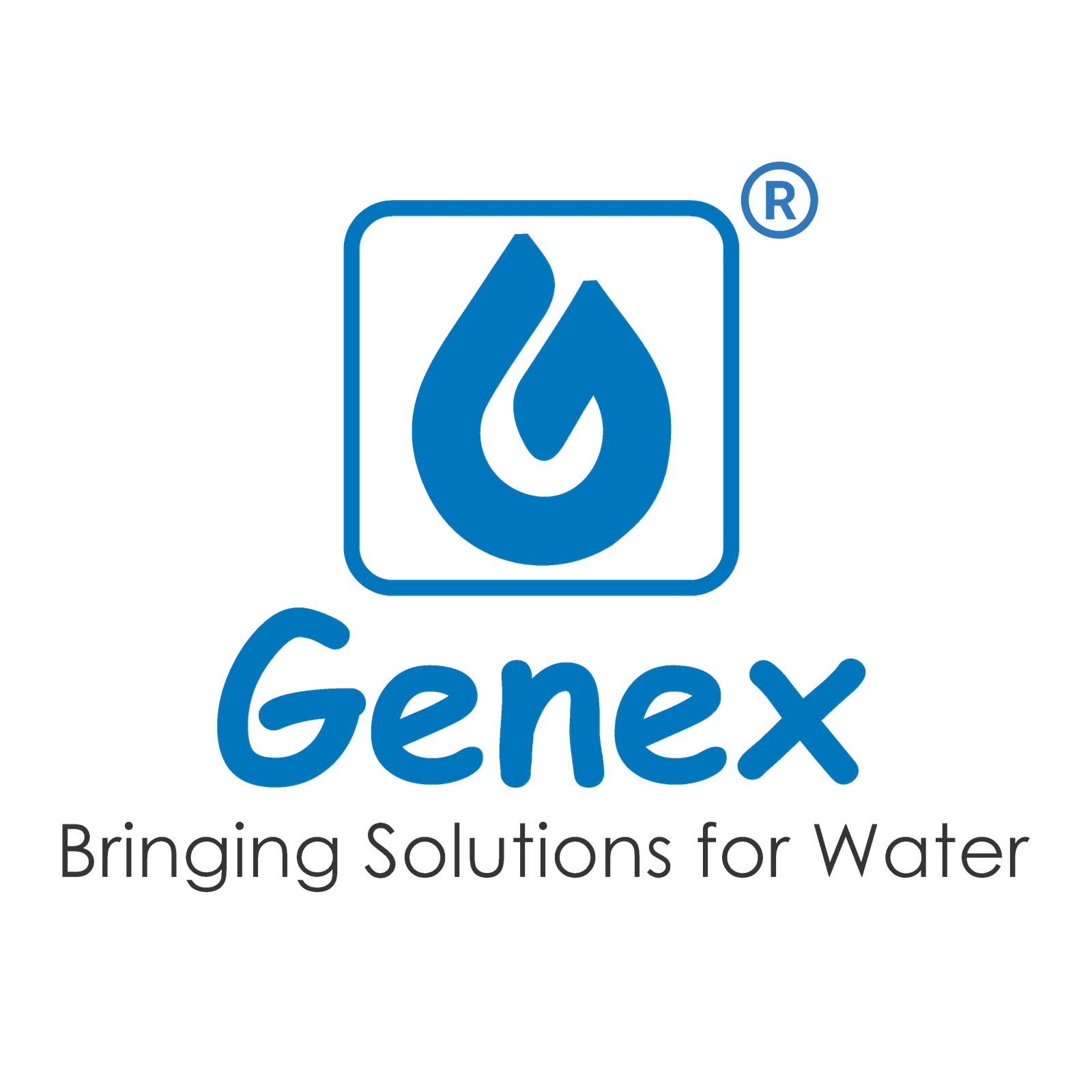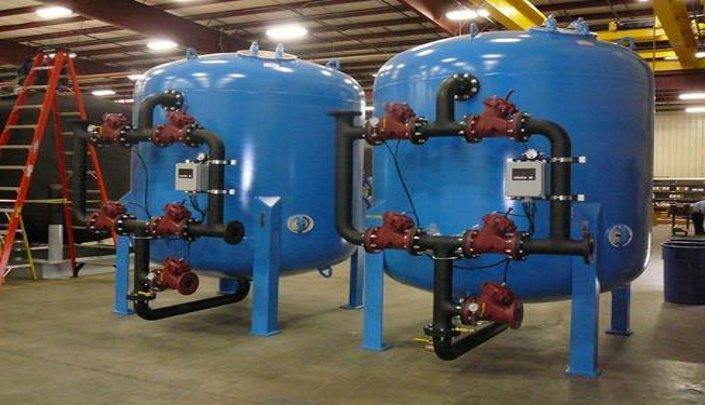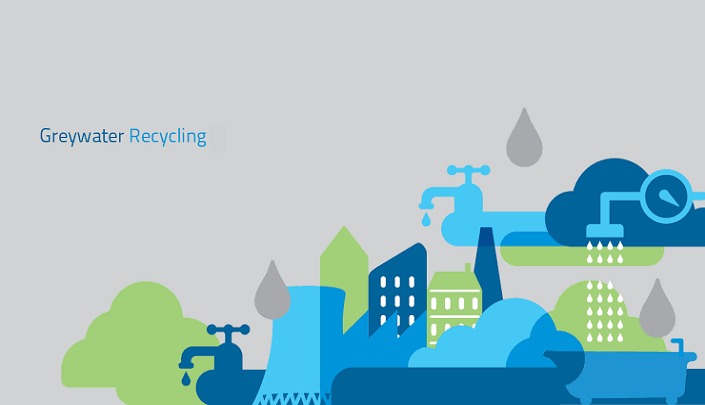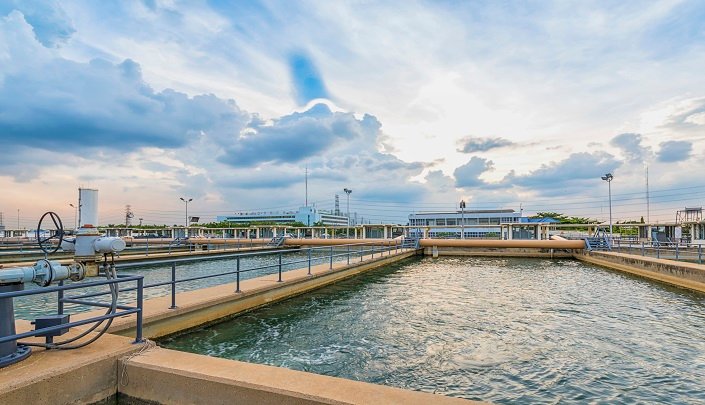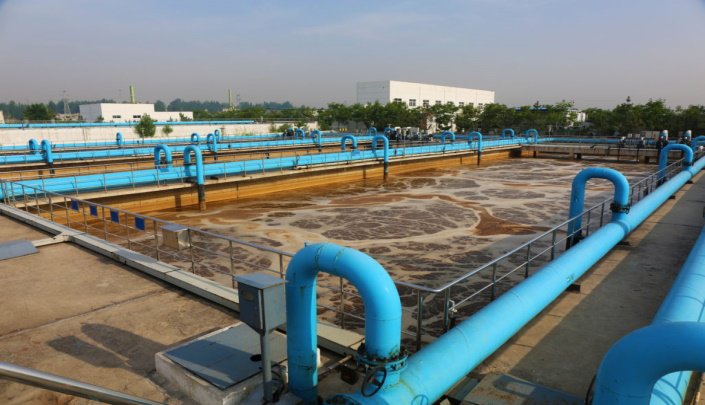

The way in which we have been handling this precious resource of water and its services is certainly not a permanent solution. Conventional investment planning, design, and functioning models are linear in nature: water is drawn out from the source, treated, and used, and the wastewater is then purified and released in a receiving water body. We need to shift from the definite prototype to a circular one concentrated on lowering water usage and consumption and marketing the reuse, recycling, restoration, and recovery of water resources. Comprehending this objective will encourage rethinking the present wastewater treatment replica.
Advancing to promote this standard transition in Latin America, the international organization world Bank is working with the CAF and many other countries to execute the “Wastewater: From Waste to Resource” drive. As part of this effort, a session was organized during the World Water Forum to facilitate discussions with governments and the private sector on the challenges and opportunities associated with promoting this fundamental change. Wastewater should not be seen as an impossible issue but as a solution that can help offer continuous infrastructure services, enhance the financial feasibility of operators and environmental standard, and empower the flexibility of the systems. “Wastewater treatment plants” should be left out favoring “water resource recovery facilities.”
We must secure buy-in for this standard transition in our region. Below are a few proposals emerging from our work:
Relevant legislation least pollutant quality parameters can be established in countries, as has already been done throughout most of the region. However, this legislation must be assessed, taking costs related with its carrying out into consideration. Setting up severe effluent standards acquired in developed countries will have an adverse effect on the environment, as countries will be required to spend excessively on a small number of plants, leaving other sources of pollution untreated. Objectives for receiving bodies must be borne in mind when drafting legislation. These standards must be executed over time for ensuring compliance at an affordable expense. Having proper legislation without institutions to ensure its implementation and with transparent and imposed sanctions is indeed an exercise in emptiness.
Combined regulation, policies, and incentives These instruments must be altered, aligned, developed, and implemented in concert with other sectors, as there may be regulations in other sectors (e.g., agriculture, health, energy) that prevent the reutilization of water or the utilization of bio-solids such as fertilizers. Obtaining income from bio-energy generation may not be possible if the electricity sector or the regulator has no incentive to promote the use, purchase and/or transportation of electricity generated from biogas. The water-energy-food nexus in basins must be explored and understood. Only this level of understanding will provide the positive reinforcement needed for combined policies and regulatory actions.
Initiatives developed as part of a basin planning infrastructure. Basin planning paves the way for integration of the benefits and impacts of the interventions proposed in multiple sectors, incorporating climate risks and socio-environmental considerations as well. Recent basin planning methodologies include participatory mechanisms to reduce conflicts among users. Projects that have adopted this approach promote resource optimization and efficiency and maximize economic and social well-being without undermining the sustainability of the ecosystems. Greater importance must henceforth be given to projects that adopt a comprehensive approach for basins.
An entire life cycle examination that covers financial, environmental (including climate), and social features must be used to evaluate treatment plants. Financing sources for such projects must be explored and secured before introducing new plants, development, and/or recovery works. If financing is insufficient, affordable technologies must be considered and potentially embraced, at least during the initial stage of the investment program. The plant’s contribution to the environment must not only be seen as improved water quality in the receiving body. It should also be viewed as a benefit tied to water reuse (e.g., substitution of alternative sources), energy generation from biogas (e.g., climate change mitigation and adaptation), and the use of bio-solids as fertilizers (e.g., substitution of synthetic fertilizers). In addition, the positive social impacts of the facility must be taken into consideration during the entire cycle (e.g., jobs generated by the construction and O&M of the plants; raised value of properties owing to the improved quality of the receiving body; an appropriate alternative water source for farmers; low-cost fertilizers when a bio-solid program is being implemented; enhance health of the population). This life cycle examination can be used to accept and justify tariff rates, and O&M costs can be covered by these rates and additional earnings from the sale of these recovered resources.
